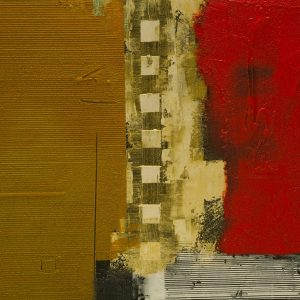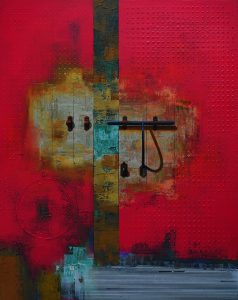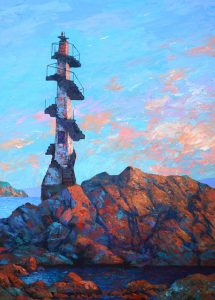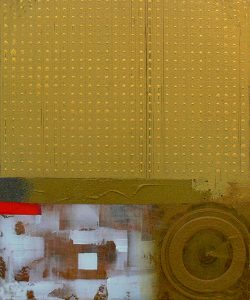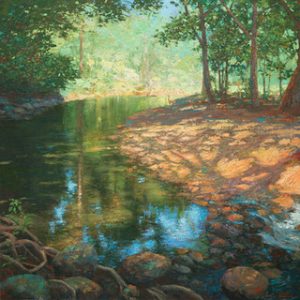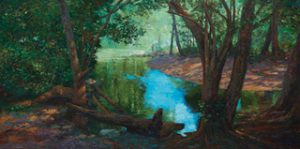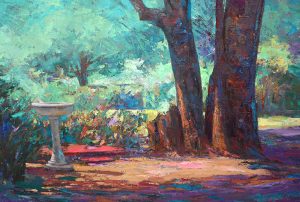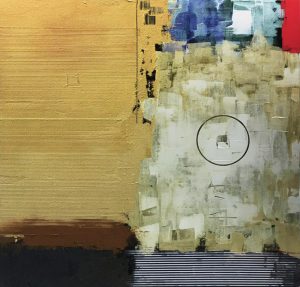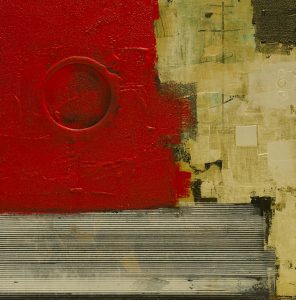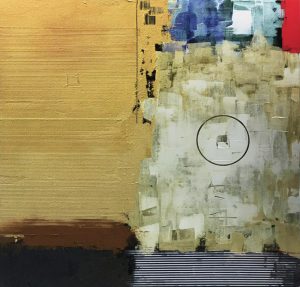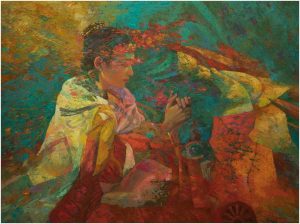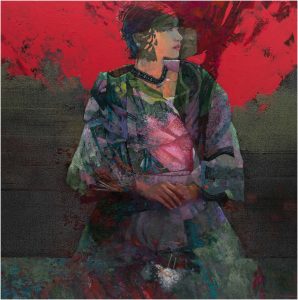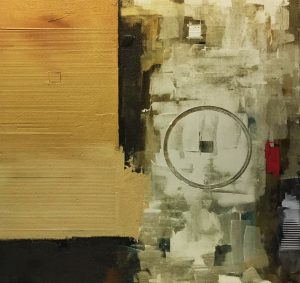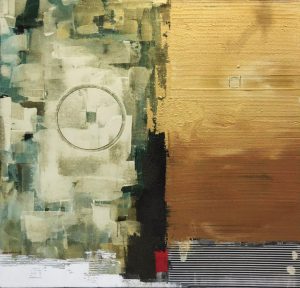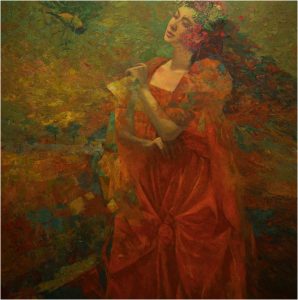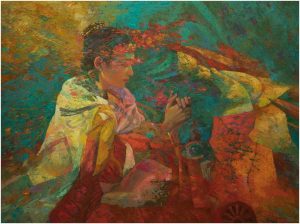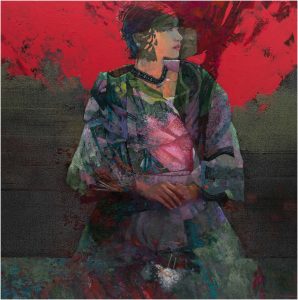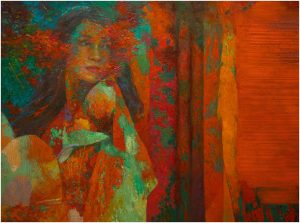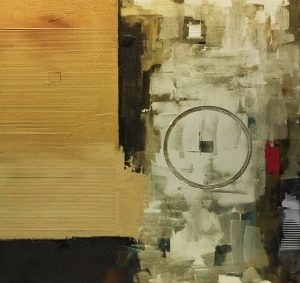Carlo Magno
b. 19 January 1960
Recently known for his abstractions on canvas, the versatile and often unpredictable Carlo Magno has produced a deep oeuvre of high-quality works that spans more than three decades of art production. In the trajectory of Magno’s practice, one can see the development of a complex artistic temperament that has experimented with a diverse multitude of media, styles, techniques, and forms. The artist’s rich career of more than 20 well-received solo shows held locally and abroad is a both a testament to the restlessness of his character, and proof that the notion of evolutionary re-invention is the driving force of his practice.
Magno’s career started at the tail-end of the Modernist era of Philippine art. Starting out as a Architecture undergraduate at the Mapua Institute of Technology, in 1976 Magno shifted to the Fine Arts program of the Philippine Womens University, under the auspices of its then-director Raul Isidro. Founded by Manuel Rodriguez, Sr., PWU’s College of Fine Arts was, at the time, a bastion for printmaking and abstract works. Modernism in the late 70s and early 80s was in a period of transition, where the early discourse of the likes of Victorio Edades and Jose Joya were already accepted by the art community. The completely abstracted landscapes of the likes of Arturo Luz and H.R. Ocampo dominated the preferred aesthetics of the art community, and this is the environment which informed the new generation of baby boomer artists of which Magno belongs to.
So it isn’t surprising that Magno’s earliest works actually went against the abstraction trend of the 1980s. In 1980, Magno won first prize at the YMCA Painting Competition for his work called “Bayanihan.” This, and his subsequent first solo show at the Greenhills Art Center in 1981, garnered him a reputation for painting hyperrealist paintings of Filipiniana artefacts – church interiors, gardens, and antique furnishings – that were heavily fused with a nostalgic sensibility. Making a name for himself with these works, Magno held exhibitions at some of the most important art spaces in the Philippines–including the Ayala Museum in 1990 and the Madrigal Art Center in 1992.
In his early works, the overriding character of Magno’s pieces is that of precision. Nary a chair, table, desk, or lamp is out of place and everything is considered, logical, and orderly. Art critic Cid Reyes wrote to note the “…the subtle synthesis of subject and structure in Magno’s works where the precise relationships of geometric shapes-squares, rectangles, triangles, and ovoids-constitute the framework of his old houses.” This attention to form and its relationship to shapes, colors, lines, and textures eventually led the artist abandoning figuration in favor of pure abstraction. His 2003 exhibition “Transformation” was his first show of pure abstraction, which was heavily influenced by the gestural quality of East Asian calligraphy. Abstraction is also Magno’s approach to sculpture. Using a diverse set of metal casting techniques, Magno has created a series of public art sculptures that demonstrate his sense of space and volume in relation to material. His work at an office lobby in Bonifacio Global City is a fantastic example of the convergence of medium and structure.
Never satisfied with resting on his laurels, Carlo Magno’s very latest works show a fusion of his earlier hyperrealist style with abstracted landscapes. This unique topography of hybrid works merely represent the latest in a career that will undoubtedly grow into what will eventually become one of the most storied visual art careers in modern Philippine art history.

